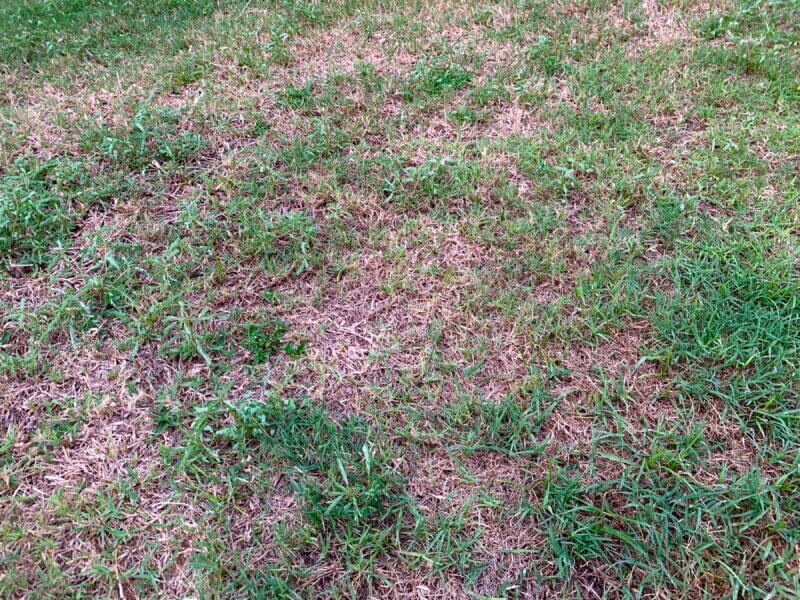
Turfgrass Diseases in Florida Lawns
Like just about any other living thing, a lawn can contract a variety of diseases. Turfgrass diseases can leave your Florida lawn looking dry, yellowed, patchy, or bare. However, there are many other scenarios that can cause these symptoms as well, including pests and poor lawn care practices. To treat your lawn and restore it back to good health, it is important to identify the problem.
Here’s what you need to know to keep your lawn healthy and disease-free.
Start By Ruling Out Other Possible Causes
Lawn disease isn’t as common as you might think. In most cases, the problem actually lies elsewhere. Before treating your lawn for disease, you must first rule out other things that could be damaging your lawn. For starters, take a close look at your lawn care practices. Over- and under-watering are among the most common lawn care errors and can leave your lawn struggling to thrive. The same goes for over- and under-mowing.
Take the time to familiarize yourself with the best practices for your specific type of grass. If you are unsure which type of grass you have, our experts are happy to help you identify it. The more closely you can adhere to what your lawn truly needs, the better its chances of staying healthy and fighting off pests and turf diseases.
If you are confident you are giving your lawn the best possible care and are still struggling to keep it healthy, the next step is to look for any pest activity. There are many common lawn pests in Florida, and a lot of them can wreak havoc on your lawn. If you identify any pests in your lawn, you can then treat them accordingly.
Consider Common Turfgrass Issues
If you are certain the problem is not with your care methods or pests, then you can diagnose potential problems. Some of the most common ones that afflict Florida lawns include:
- Take-All Root Rot – The fungus that causes root rot is nearly always present in your lawn’s root structure, but you generally won’t notice any symptoms unless your lawn is stressed or your area experiences prolonged, heavy rains. Once the fungus has taken hold, it is incredibly difficult to eradicate, so your best option is to prevent it from taking over in the first place. Do your best to avoid over-watering, and follow the best care practices for your specific grass variety.
- Brown Patch Fungus – The climate here in Florida tends to be hot and humid, especially during the summer and fall, creating ideal conditions for this fungus to thrive. It loves St. Augustine and Zoysia grasses, both of which are extremely prevalent throughout the region. To keep brown patch fungus at bay, employ targeted fungicide, and avoid using fertilizers containing high amounts of nitrogen, as this can exacerbate your problem.
- Fairy Ring Fungus – A disease characterized by large rings of darker grass, often surrounded by white mushrooms, fairy ring fungus is easy to diagnose. However, it is not as easy to treat. Antifungal treatments can help, as can aerating your soil to promote root health.
- Dollar Spot Disease – While many lawn diseases thrive in warm, wet conditions, dollar spot disease is most common in drier conditions. It also tends to prefer soil that is low in nitrogen. Utilize fertilizers with both slow- and fast-release nitrogen to keep your soil healthy, and make sure your lawn is getting enough water throughout the week.
Although it is sometimes possible to treat lawn diseases, your best course of action is always prevention. When your lawn is healthy and thriving, it is better able to fight off diseases before they take hold.
Restore Your Lawn with Care Service After Disease
When disease ravages your lawn, it can be difficult to bring it back to health. You can jumpstart the process with fresh sod, filling in any bare patches quickly with new grass. The sod experts here at Duda Sod can match your existing grass type or help you make the switch to a more suitable option for your location and soil composition. Reach out to us today to learn more and get the process started.